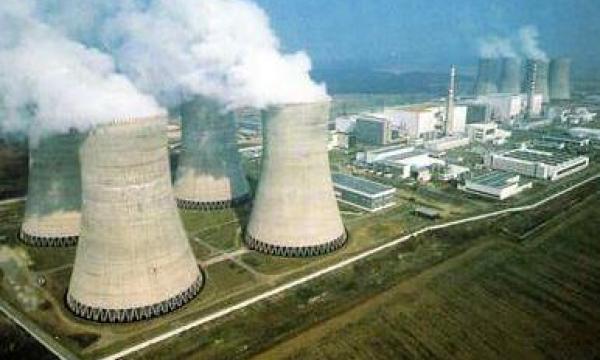Clean and cheap energy is the need of the hour for India. The country is hungry for energy and this could not be sustained through fossil fuels which is costly and environmentally unsustainable. Therefore the Indian government is making efforts to produce more renewable and nuclear energy to meet the growing energy demands. India has 7 nuclear power plants and will soon have 12 more such power plants, which will help the free flow of power supply for household as well as industrial consumption. “Nuclear technology helps in betterment of lives through varied usages and is an irreplaceable source of clean, pollution-free energy,” said Secretary of the Department of Atomic Energy (DAE), K N Vyas.
Recently, India and the United States agreed to build six power plants in the country to boost civil nuclear energy cooperation between both nations. The United States’ support in building nuclear power plants will boost India’s chances of getting an entry in the elite club of Nuclear Suppliers Group (NSG). India is already the member of the Missile Technology Control Regime, and the Australia Group, the two powerful multilateral non-proliferation groups. The country is also a participant of Wassenaar Arrangement on Export Controls for Conventional Arms and Dual-Use Goods and Technologies, a multilateral export control regime with 42 signatories. India and the United States signed civil nuclear deal almost a decade back in 2008 and since then the US has supported India’s bid to enter NSG.
“We believe that when it comes to clean energy, there is no substitute to nuclear energy as it is sustainable and without interruption, one can have clean energy,” said Vyas at the 11th International Forum AtomExpo 2019, in Sochi, Russia.
China has repeatedly blocked India’s entry in the 48-member elite group by giving dubious arguments. After Indo-US civil nuclear deal, India signed a nuclear cooperation agreement with US, France, Russia, Canada, Argentina, Australia, Sri Lanka, UK, Japan, Vietnam, Bangladesh, Kazakhstan and South Korea. The country has managed to gain support from all the major global players except China in its membership bid in the NSG.
As per IEA’s Global Energy & CO2 status report, the primary energy demand in the country outpaced the global average last year. The energy demand in 2018 rose by 4 percent in India against 2.3 percent, which was the global average. China, US and India accounted for almost 70 percent of rise in energy demand. The global energy demand was fuelled by a 3.7 percent GDP growth in the global economy against the average growth of 3.5 percent around 2010. The total Primary Energy Demand (Mtoe) in India rose by 4 percent in India against 3.7 percent in the United States and 3.5 percent in China. However, the total energy consumption in India is one third (933 Mtoe) of China (3,155 Mtoe) and half of the United States (2,227 Mtoe). Europe saw the lowest rise in energy demand at 0.2 percent due to continuous stagnation on the continent’s economy.
The rise in energy demand in the country is due to the good growth of the Indian economy. India is the fastest growing major economy in the world and posted higher growth than China in the last few years. The energy demand growth in the country also surpassed that of China’s this year. However, coal is still the primary source of energy in the country accounting for more than 40 percent of total energy demand. India is the third largest consumer of energy after China (3,155 Mtoe) and the United States (2,227 Mtoe). The per capita energy consumption in India is very low and it will rise with the growth of the economy. India will need to find alternatives to fossil fuels to supply its growing energy demand.































